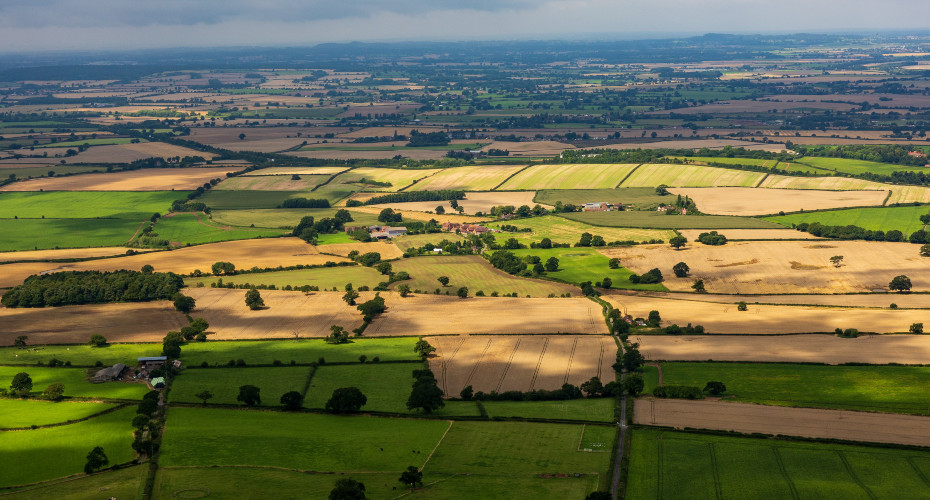Rural areas are crucial for national economic success but underfunded, new analysis shows

The survey is part of a three-year research project focusing on the health and wellbeing of women in UK agriculture
England’s rural councils play a crucial role in the country’s economic and environmental success, but are underfunded compared to other areas, a new report shows.
The research highlights how large “shire” local authorities are on the frontline of national food production, water security and nature recovery.
But the average funding they receive from central Government is a third less than other areas.
The report highlights the importance of these areas in producing food, storing water and providing space for nature for the nation. These activities are crucial for national economic success and community well-being, as well as providing significant opportunities for regional growth and development.
Researchers focused on “Leading Edge” areas, which have 27.5% of England’s land area and 6.4% of England’s population. They face key challenges, such as local authority funding, employment opportunities and demographic change.
The gross domestic product (GDP) of these large rural authorities is estimated at £92 billion, with a GDP per head of just over £26,000. The GDP per head is just 40 per cent of the level for England, with a much-reduced rate of growth between 1998 and 2022 which is 19 percentage points less than other areas.
The report is by Jack Reed, Jane Wills, Joanie Willett, Georgina Treloar, Ian Bateman and Juliet Osborne from the University of Exeter’s Nature Recovery and Economic Development research project. This work was supported by the Economic and Social Research Council.
Britain’s Leading Edge (BLE) – the project partner – is a network of local authorities situated on the rural periphery of England, without the economic pull of a major city. The research and advocacy network comprises 12 local authorities covering approximately 6% of England’s population, 24% of England’s land area and 52% of England’s inland water. The councils are Cornwall Council, Cumberland Council, Dorset Council, Durham County Council, East Riding of Yorkshire Council, Herefordshire Council, Council of the Isles of Scilly, Isle of Wight Council, North Yorkshire Council, Rutland County Council, Shropshire Council and Westmorland and Furness Council.
People living in these areas are generally healthier than the rest of England, with UK health index scores being consistently 6 to 10% higher for the BLE than England as a whole even though these areas have aging populations.
The report documents the importance of the visitor economy to these areas, which is worth over £14 billion and supports over 222,000 jobs. This represents just over 14% of jobs in Leading Edge areas, with Cumberland and Westmorland and Furness (combined) having 37% of local jobs in the tourism sector. A total 9% of jobs in England are directly related to tourism, more than 5 percentage points above the national average.
Dr Reed said: “The report highlights the important role these areas already play in providing space for nature, with strong implications for the economy. They are nationally important for water security and conservation activity. They also have high levels of agricultural activity and tourism. However, these authorities are relatively underfunded in relation to public spending when compared to the English average. Our research found that BLE authorities have 31% less budget than the English average.
“These areas must be recognised as fundamentally important for the health and wellbeing of the nation, especially for access to food, fresh water and the sea.”
BLE areas have just over 2,400,000 hectares of agricultural land, representing 26.8% of England’s total agricultural area, making them especially important for national food security. Alongside this, seven of the BLE areas have nearly 32% of England’s reservoir capacity, meaning that these areas are also nationally important for water security. In addition, the BLE has nearly 20% of England’s total canopy cover and almost 900 miles of coastline.
Professor Bateman said: “These authorities are on the frontline of experimentation to find ways to embed nature recovery into economic development, house building and industrial innovation. They are seeking to foster more resilient, future-ready communities at the forefront of the transition to green jobs, finance and renewable energy. Strategic policy interventions by national and local government, including these local authorities, will be crucial in ensuring that these areas receive the support necessary to unlock this potential.”



